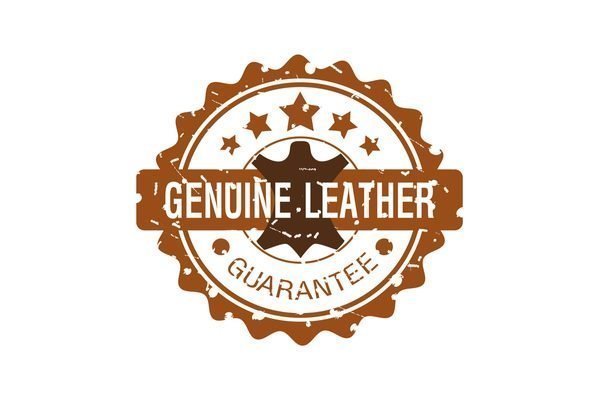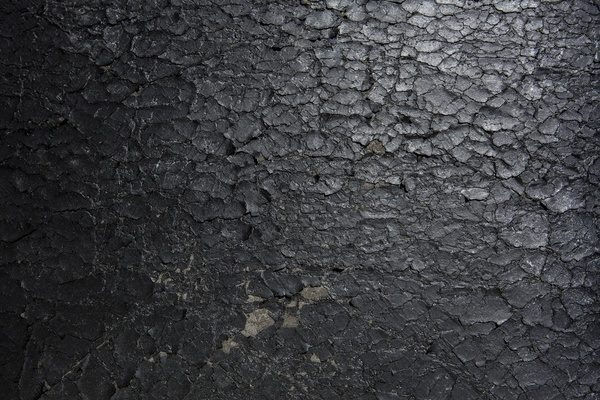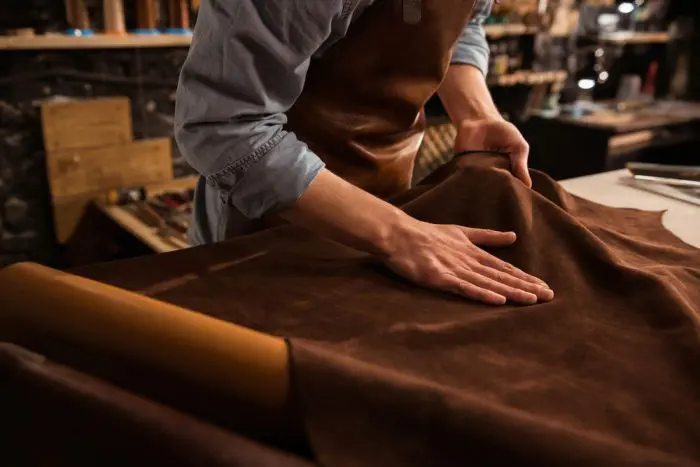All About Leather
Differences Between Top Grain and Bonded Leather
There is nothing quite like the luxurious effect of feeling a piece of good quality genuine leather. Whether it is on a sofa, a leather bag, a wallet, a pair of boots, the real leather is durable and trustworthy. In addition, with the right care, it only gets better with age. However, in today’s high-tech world, such basic luxuries are very rarely available to everyone. In fact, when it comes to leather, even terms like ‘genuine leather’ often don’t really mean what we think they do. We even tried covering this topic in Differences Between Bonded Leather and Genuine Leather. However, we believe it’s important to enlighten our readers a bit more about the difference between top grain leather and bonded leather so you don’t make a mistake.
The problem is that marketers market them both as ‘real leather’. And worse, controlling institutions permit to do so. Therefore, in this article, we will be going over the basic facts about both of these kinds of leather. It is important, that you, the consumer, can tell the difference between top grain leather and bonded leather. So without further ado, lets dive right into.

Top Grain Leather
Leather used to produce bags, shoes, and similar products is produced in a specific way. Namely, the actual animal hide is split up into at least three different layers of leather.
The bottom two layers are of lesser quality, and they are sold as split leathers.
The top layer of the hide is turned into top grain leather, as the name may suggest. This layer is processed in such a way as to give it that familiar leather feel. It is first sanded, in order to remove any imperfections on the surface. These imperfections may include scars, scrapes and even branding marks. It is then tanned and otherwise treated to make it look good as well as provide it with more durability.
When you buy a product made from top grain leather, you are buying the real stuff. In fact, top grain leather can be split into several categories according to the degree of treatment it had to undergo in order to become a finished product. The less treatment required, the higher class of leather it is. And of course, the more expensive.

Bonded Leather
During the process of producing leather, as outlined in the previous section, a hide is split into at least three different layers, which is each sold as a particular grade of leather. However, the entirety of the hide is not used up in just those three layers.
There are always scraps of leather that remain after these three layers are made, which can’t be used on their own, as they are often too small and too low in quality. Instead of throwing these pieces away as scraps, some enterprising individuals came up with the idea of using them up by making a new type of leather product – bonded leather.
Bonded leather is made by taking these scraps of low-grade leather, and pouring industrial glue into them (hence the name ‘bonded’). Then that mass is rolled into a fabric that resembles leather in look. Even the feel can sometimes be replicated of the real thing. This sort of ‘leather’ only contains between 10% and 17% of real leather.

How to Tell the Difference?
Now that we have learned the difference between top grain leather and bonded leather, let us see how you can tell them apart at a glance. It’s important to be able to tell the difference if you want to get genuine top grain leather instead of the cheaper substitute.
At first glance, it is not actually that difficult to tell the two apart. Bonded leather is only made to look like real leather by having a leather-like pattern embossed artificially onto its surface. If you see the same pattern repeat multiple times, then you know it’s bonded leather.
Secondly, bonded leather is much less durable than top grain leather. That means that if you try to stretch it, it will stretch noticeably. In contrary, real leather would be much more sturdy. That is why bonded leather is given a layer of fabric at the underside of the material, in order to bolster its mechanical properties. With top grain leather, there is no need for that.
Finally, the price is also a great indicator that can tip you off about the real qualities of the leather you are being sold. Typically, bonded leather may go for a quarter or a fifth of the price of a top grain product. As with any product on the market, you get what you pay for.
Conclusion
The difference between top grain leather and bonded leather is a huge one. Of course, as long as there is a need, such bonded leather products will be purchased. After all, people want to look classy and stylish, without overpaying. However, the saying that a greedy man pays double exists for a reason.
Sometimes solely looking at a place where leather goods are made can be a good indicator of its quality. Usually the price follows accordingly.
As a final note, it is important to point out that bonded leather can only last about 3-5 years while also taking care of it, whereas top grain leather products have literally been passed down from one generation to the next.
Hope you enjoyed the read. Join our family by subscribing to our newsletter and follow us on Facebook!

